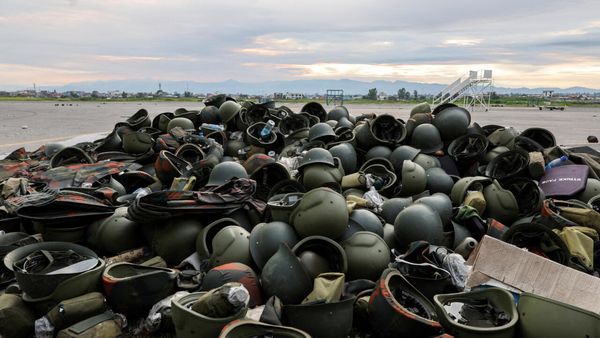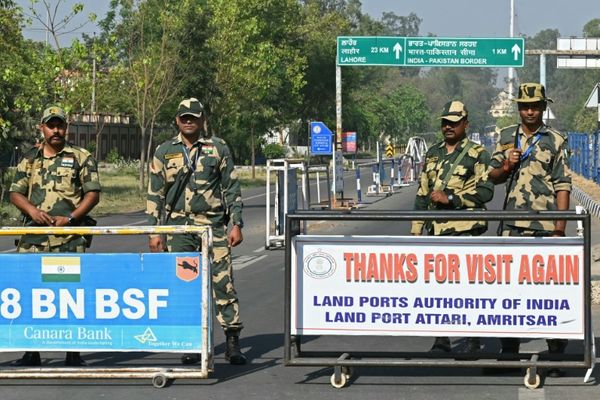For those who have lived through flood events, big or small, the confirmation of a third La Niña brings a whole new feeling of anxiety.
With the nation's focus largely on northern NSW, residents who lived through major floods in the state's north west just months earlier feel forgotten.
A number of Gunnedah residents made submissions to the recent flood inquiry but feel they have not been included in its recommendations.
"You look at places like Lismore and you go, 'Wow, comparatively we were really lucky','' resident Lauren Mackley said.
"But a lot of the lessons we had during our flood event really could have saved a lot of the lessons learnt the hard way in Lismore."
Her newly renovated home is in a moderate flood zone, and when the flood water arrived in November in three rising peaks, it pushed almost half a metre of water through the house.
Ms Mackley said there was a lack of coordinated help during and after the floods.
She said she witnessed plenty of people willing to assist, but no-one to assign them a task.
She raised the idea of a vulnerability register with the SES and Resilience NSW, which lists services that can disconnect gas services or roll up carpets ahead of time.
"Instead of that being just a list of which houses would first go under, it would also be those people who are elderly, and also capture young vulnerable families," she said.
Rain events cause ongoing anxiety
Julie Shields and her mother Kim Shields live on a floodplain near the Namoi river in Gunnedah, and they love it.
The house has gone under a number of times since the 1950s, before they raised it above major flood level in 2007 like an island in the stream.
But they were still forced to leave in November last year.
"The sewerage backed up, and that's not good," Kim Shields said.
Ms Shields said she had been keeping a journal outlining flood levels for decades, and both she and her daughter had preparation down to a fine art.
"As we watch the water come up we put sticks in as levels and write down the times in a flood book. Then we can gauge how quickly it's moving," Julie Shields said.
"Then we look at all the other rainfall upstream and all the other levels and go, 'OK, we have to get out now.'"
Just down the road in Maitland Street, Ken Lloyd is also a veteran of many floods.
The floor of his 100-year-old home has noticeably dropped since the last one.
"I'm starting to wobble a bit and the floor's fallen four inches," he said.
Mr Lloyd said one of his biggest problems as an elderly man was preparation.
He said he called five times for help from the SES to move his belongings and was refused assistance.
He also thinks people would benefit from more detailed flood warnings.
"As far as river heights are concerned, we don't want to be told it's going to be a minor flood," Mr Lloyd said.
We want to be told that at 7.2m [the water] it comes out of the [river] banks here, at 7.5 metres it's coming in my yard, and at 8.1m it's coming into my house."
A perfect storm, says SES
"In this particular event we saw some extremely heavy rainfall in the upper catchments, particularly along the Mooki River and also releases from Keepit Dam," SES Commander David Monk said.
Mr Monk, who was the incident controller during those November floods, said he understood frustration that the focus of the independent flood inquiry was largely on the Northern Rivers.
But he said lessons were learnt from the November floods, and prior to that the state government approved $132 million for improving flood response capabilities in the next four years.
That included more staff, extra training for volunteers, and smaller areas of co-ordination responsibility.
He said over the next few months flood-ready programs would be rolled out in Gunnedah and residents needed to be prepared to help themselves in the months to come.
"If you have a plan and you have a trigger that you know that your house gets impacted then the safest thing to do is to pack your things and leave," Mr Monk said.
"Don't wait for the emergency services to knock on your door and give you a personal invitation."







